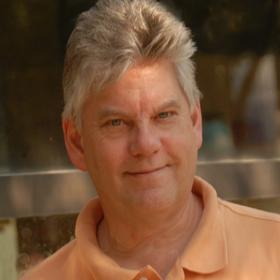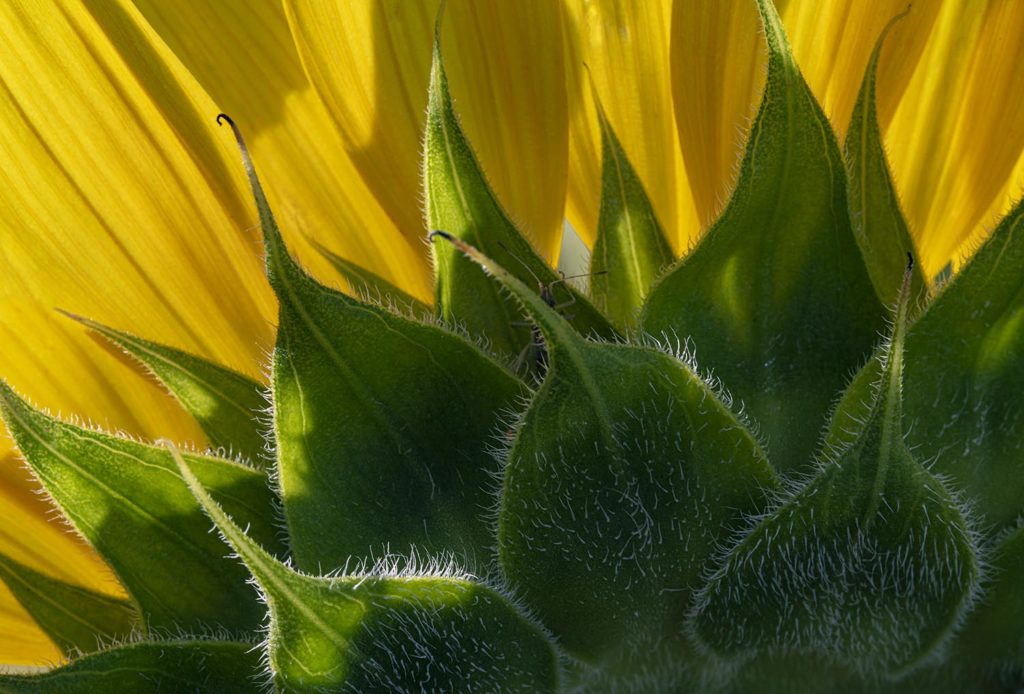
In almost 40 years of teaching photography I would start classes with the thought; “If I can teach you two concepts -Simplicity and Background Control – you will leave having become a better photographer. “Simplicity,” in my mind, is the most important concept in the composition of an image. In reality background control is part of the process of simplifying your image. Take a look at words similar to simplicity: Optical Extraction, Condense, Simplify, Isolation, Limit, Abridge, Compress, Isolate, Consolidate, Concentrate, Compact, Squeeze, Reduce, Constrict, Abbreviate, Edit, these are all words that have similar meanings or directions. That meaning, that direction, that thought process, is one we should always have in mind when composing an image. Leonardo De Vinci stated: “Simplicity is the ultimate sophistication.”
A photograph must be simplified with regards to its center of interest. That doesn’t mean a photograph cannot be complex with multiple subject elements, but that all the elements within an image must work as one, in harmony to create a singular center of interest. If the image doesn’t accomplish this, the viewer’s eye wanders about the image. The viewer asks, “What did this photographer want to say? What did they want to show? Where do they want me to look?” If we as an artist do not answer those questions and do so quickly, we have failed to make a clear and straight statement; we have ambiguity. It is the artist’s job to make a clear statement, not the viewer’s job to search for meaning. In fact with an ambiguous image, we have failed to make a good photograph, much less a great photograph. We have provided no “visual satisfaction” to the viewer of our image.
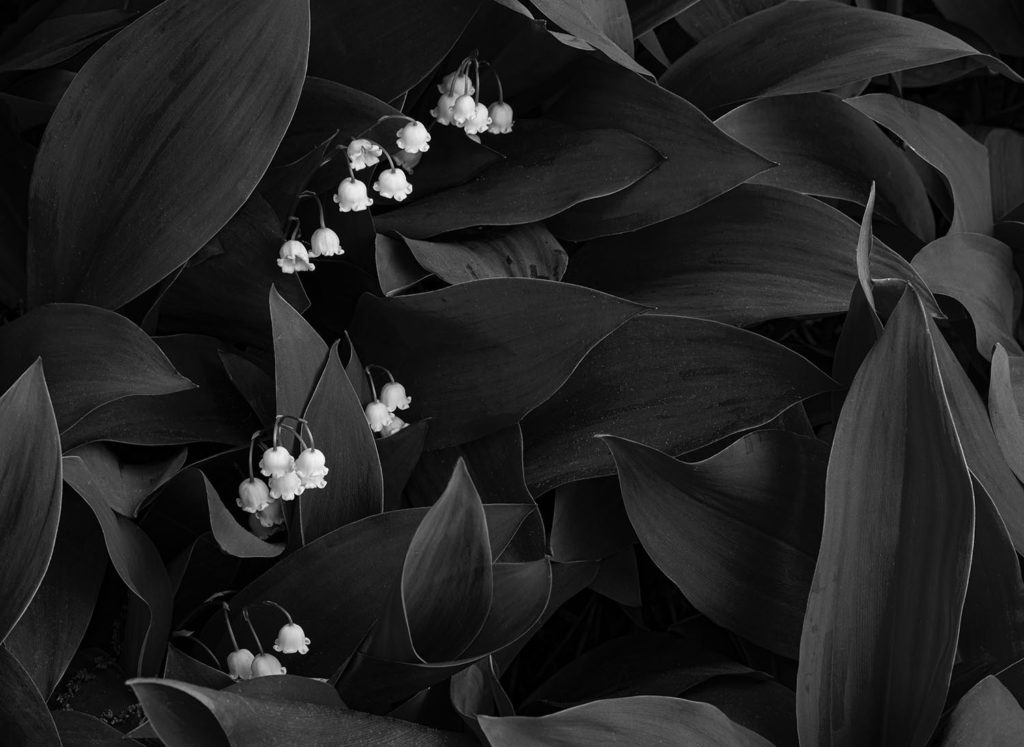
Human vision is a remarkable, miraculous thing that no lens and camera can ever come remotely close to. A lens does only what it is built and designed to do: to project an image through itself at a precise angle of view that its glass elements and mechanical parts impart. It may be a fixed angle of view or as a zoom lens have an adjustable angle of view, but beyond its design, it has no other vision. It does not have peripheral vision. It does not have understanding. It does not have knowledge or a visual data bank built up through the time of its life. It does not have a brain.
The human eye/brain combination uses far more than just vision. We look at any art form other than photography and there is the inherent understanding that no matter how life like or real looking that art work is, it is representational. It is an artist’s interpretation of scene or subject, in an objective or abstract (or anything in-between) sense. When the novice, intermediate and sometimes even the more skilled photographer equates human vision with the “vision” of a lens, they are failing at the most important point of photographic composition: interpretation. They are failing by equating the documentative vision of a lens with seeing as a human being sees. In my opinion photography is the most difficult art form to achieve excellence in. That is due to the incorrect perception by most of humanity that photography is primarily a form of documentation. Photography surely can be that and is used all the time for that, often mistakenly so. The real power of photography is not that it can be a document of a moment in time, its greater power is that it can an expression of feeling and perception. The late Bill Jay, a fine photographer, educator and the end notes columnist for LensWork Magazine, noted “The most extraordinary thing about photography is how it elevates the ordinary“.

Humans don’t just see something, we experience it. Herein lies that most difficult task in making art with photography. When a painter paints or a sculptor sculpts, it is inherently understood that the art created is a representation of not only what the artist saw, but also what the artist felt, what inspired the artist, and what the artist wanted to share with the world. We inherently know that the creation of that piece took longer than the time it takes to press a shutter button. Sadly when most folks look at a photograph they think not of the years of practice, learning, the minutes or possibly hours of time actually used to find and make the image, but that of the short instant of the shutter snap. How many time have you heard at an art show, “Oh, I could shoot that”?
Similarly most folks, including far too many photographers, fail to understand that when we see something that inspires us in some way to want to make art, we shouldn’t want to give away creative control to some piece of mechanical/electronic equipment. As an artist, I never want to give that control away to anyone or anything. To trust the camera and lens to make an image of what one is seeing is frankly an insult to art itself. It would be like a painter expecting his brushes to get up by themselves and start painting. Gear alone can’t make art. Gear can’t see with feeling as gear doesn’t have a brain, doesn’t have a heart, and doesn’t have a soul. Ansel Adams famously said, “There is nothing worse than a sharp image with a fuzzy idea.” A novice using photographic gear alone to create art is no different than a novice being handed a brush and palate of paints. Without knowledge and experience, they may make an occasional “ok” artwork, but most likely it won’t be even as good as child’s play. Child’s play at least inherently has wonder and certainly has simplicity.
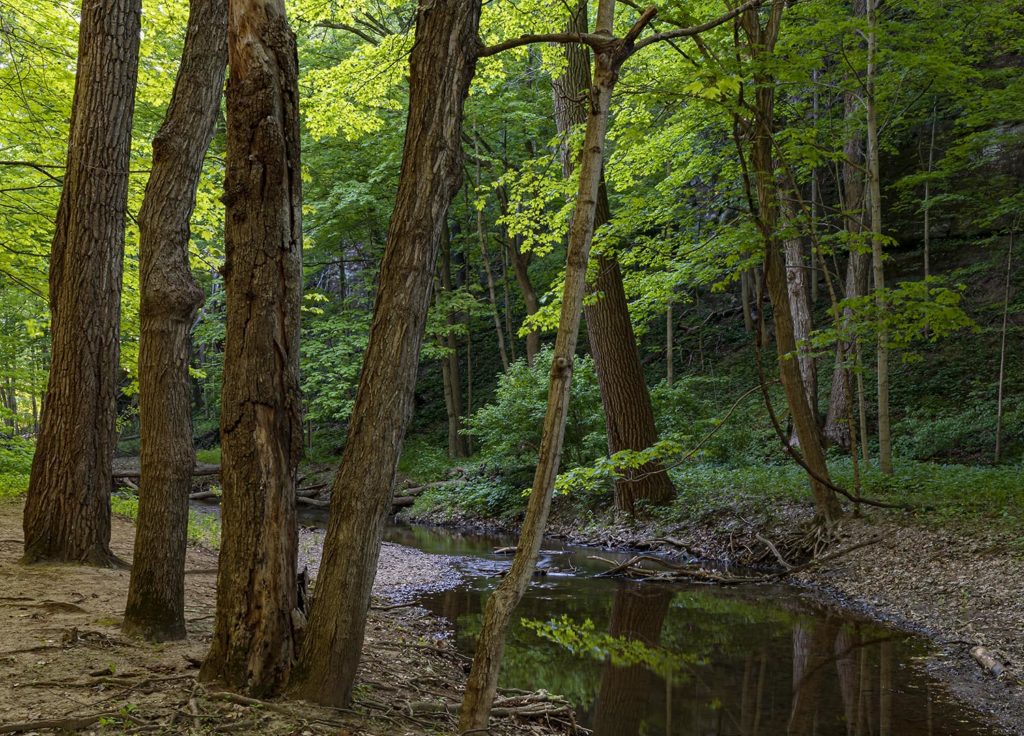
Our greatest, and the most difficult, task to accomplish is to take a scene or subject that fills us with wonder and excitement, enough to want to use it to make art and share it with the world, and impart that sense of awe we felt to the viewers of our art. The reason that is so hard is not the gear we use or even the skills we lack in composition. It is the fact that we don’t consider emotion as an equal part of making art. Simplification will help bring out artistic feeling in your work.
In the photograph below one of my favorites I made on a recent trip to shoot winter in Door County, Wisconsin, I stood on the edge of a small creek. Heins Creek is both the name of the creek and Door County LandTrust preserve it flows through. Flowing through a boreal cedar forest at the western edge of the preserve, it is a haven for mosquitos in the spring and summer. Post card material it is not, at least for most publishers of post cards. Frankly it is a difficult place to make stunning images. But it’s not impossible.
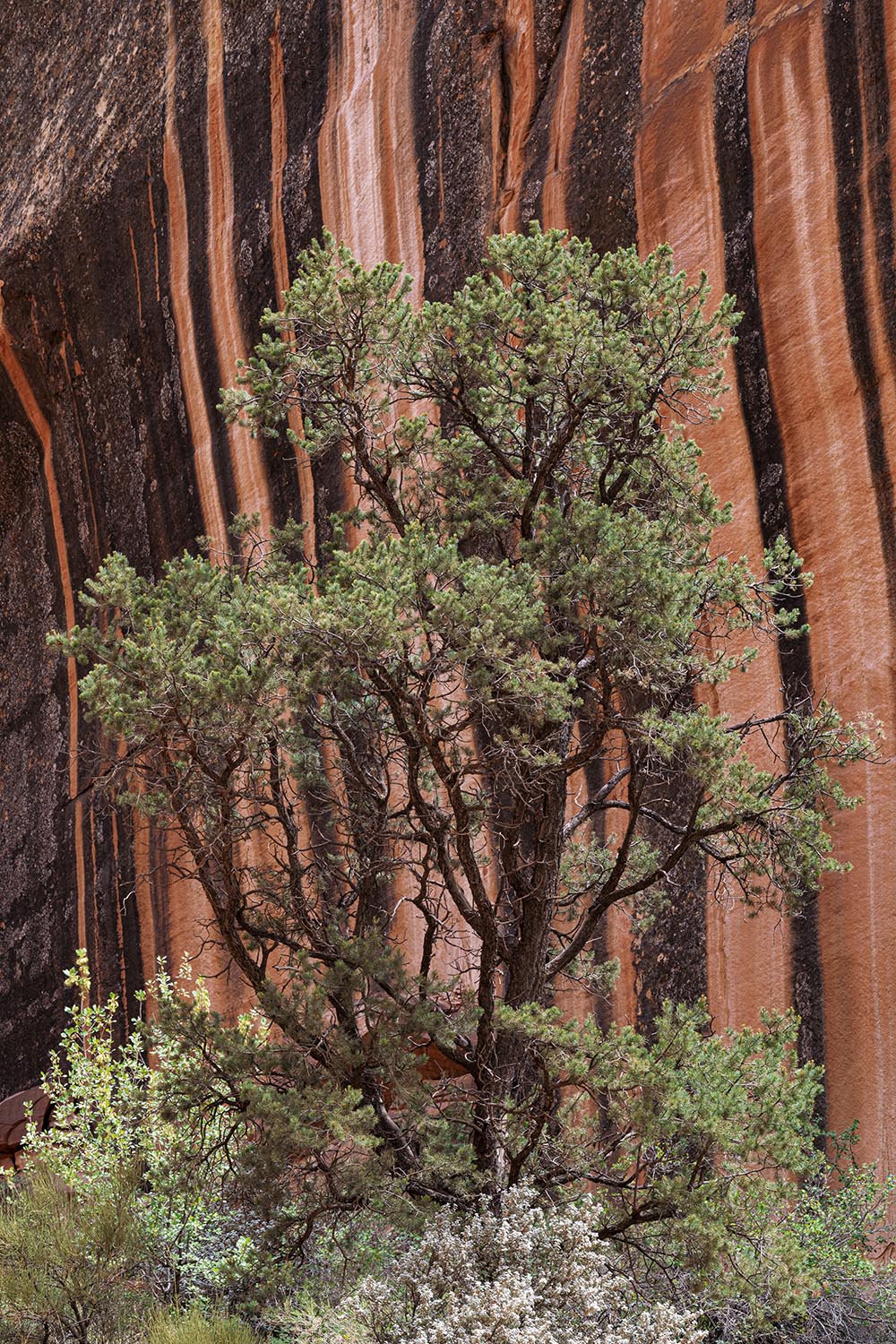
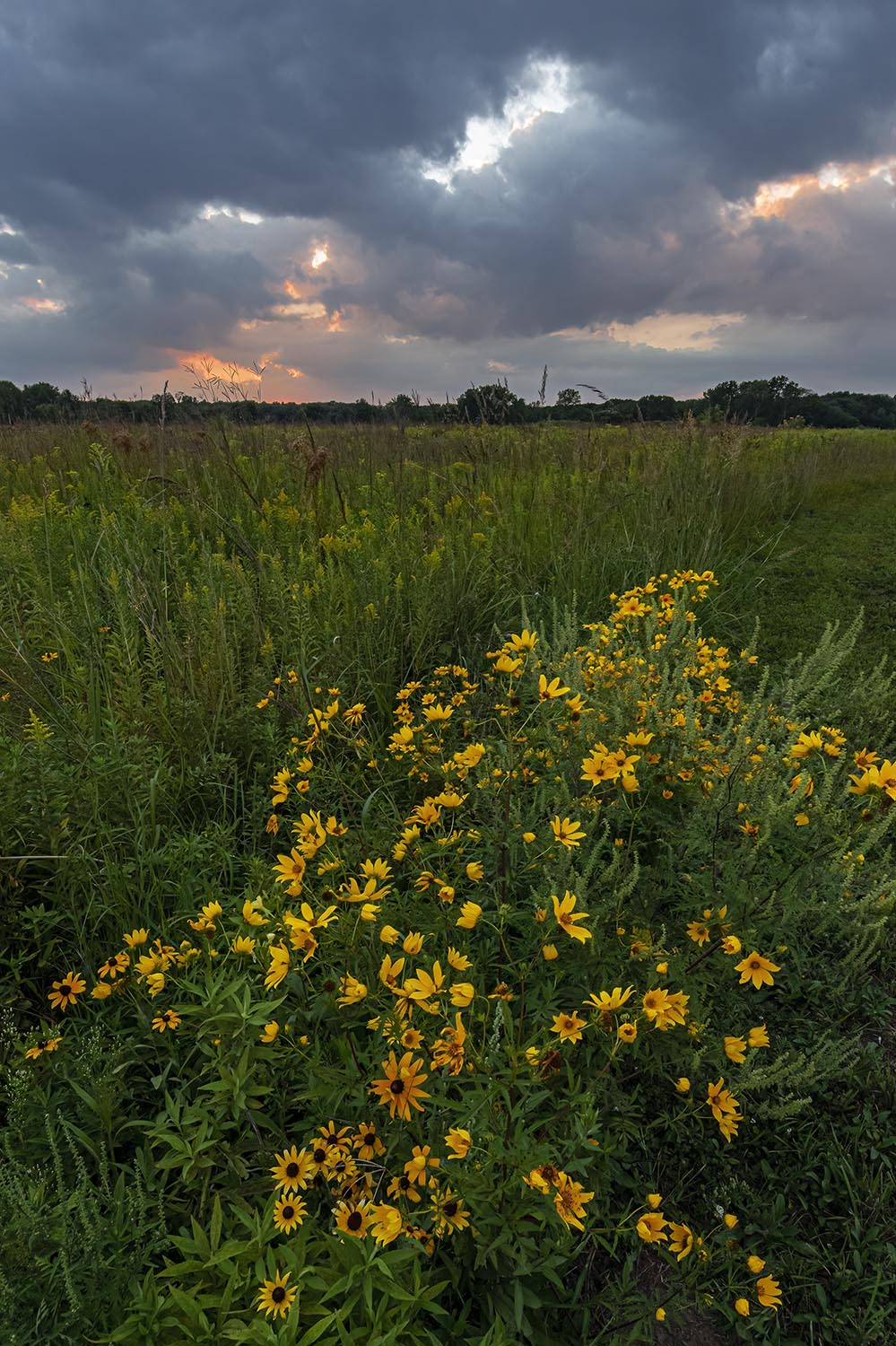
For 40 some years I have been enamored by the color, structure, pattern and texture of leaves. I know not why, I only know and care that they do. I consider such elements as Mother Nature’s artistic expressions. They interest me, inspire me, and I’m keen to see artistic possibilities in such instances. In a curve of the creek, I noticed a pocket of leaves underwater. In that shaded bend, they have taken the colors of blue and maroon. Instantly I knew I would make an image of those leaves. I hope the wonder of the structure and pattern of the leaves comes through. The colors come through instantly, and even if the colors seen are not normally the colors of maple and beech leaves, they are eye catching. The colors are the product of shaded light, tannic water, and some amount of time of those leaves being submersed in that water for three or four months. This image makes me smile, I hope it does the same for you…or makes you wonder at the colors, even question the colors. If it leaves some impression with you, it succeeds. There is nothing else in the image to confuse you as to what I want you to see. The scene is simplified to its essence, there is no more, no less; just leaves with odd colors.
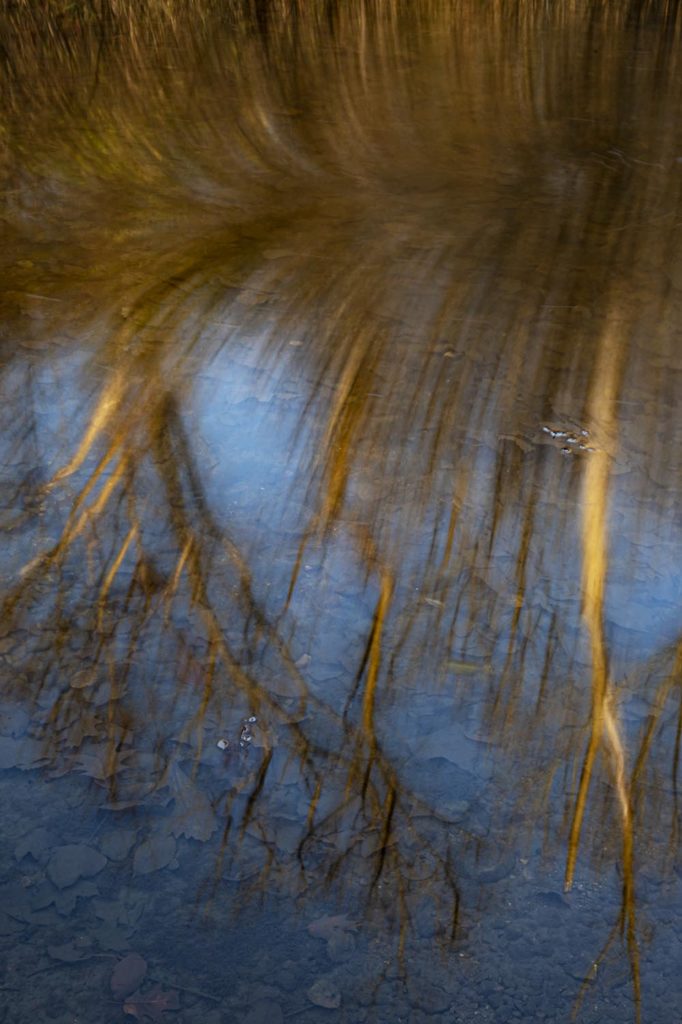
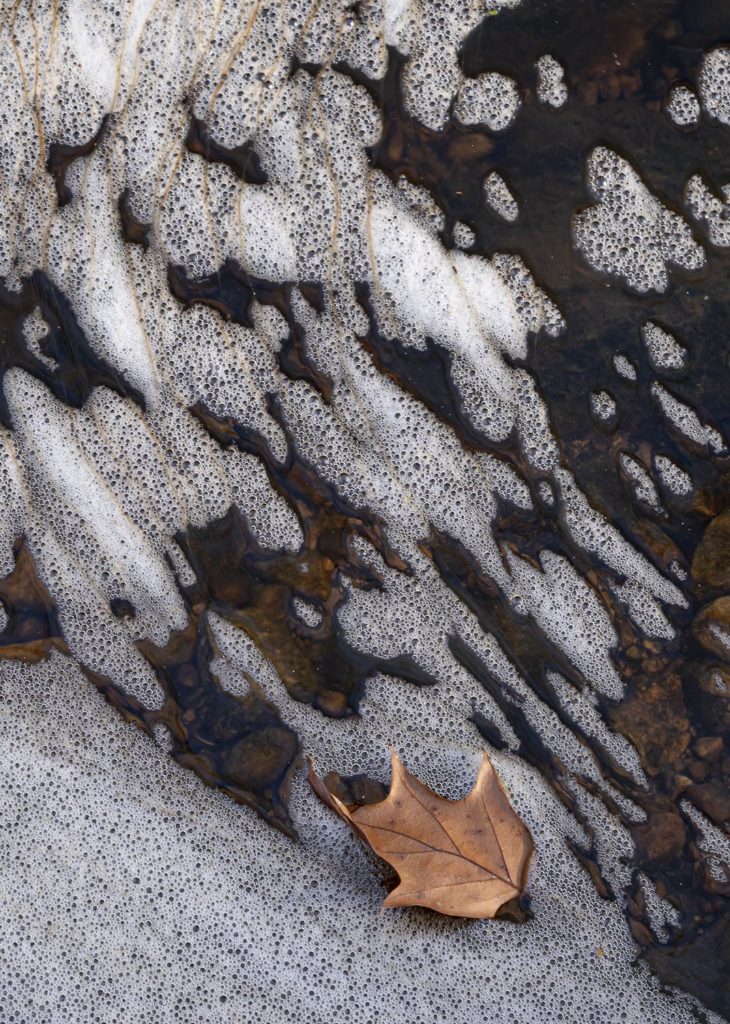
A generalization is that when we simplify an artistic work, we make a better art. It is really that simple! That has nothing to do the kind of camera or lenses we use, but with the strength of and center of interest. I’ve always felt that a wide angle optic is one of the most difficult lenses to learn and to use well in photography. That is because the natural tendency is to use it only to do what it is primarily designed to do: to “see” a wide angle of view encompassing more of a scene. The difficulty in using such an optic is to simplify the scene, usually a landscape. The tendency is to put everything we witness in the composition of the scene. If we simply shoot what the camera/lens views, we leave the viewer searching for the intent of the image, trying to discern what we are attempting to say and show. We in fact don’t do our job, which is to give the viewers of our images “visual satisfaction”, not make them think about why we made the image in the first place.
Herein lies the opportunity to put to rest once and for all a misconception that I see stated and printed all the time: that an image must be “what the camera saw;” that it must be “straight” or “un-manipulated”. I don’t believe at all that what Ansel Adams and Group f64 meant when they titled their ethic “Straight Photography,” was that an image must be 100 percent what the person behind the camera saw through the camera. All one has to do is to take a look at a contact print of most of Adams’s negatives and then look at a print from those negatives as he printed them with his artistic interpretation. The contact print and the artistic expression never match up. Some almost look like different images entirely. I saw an exhibit of this years back, with contact prints next to final prints, and it was mind-blowing, a visual example of artistic expression through photography.
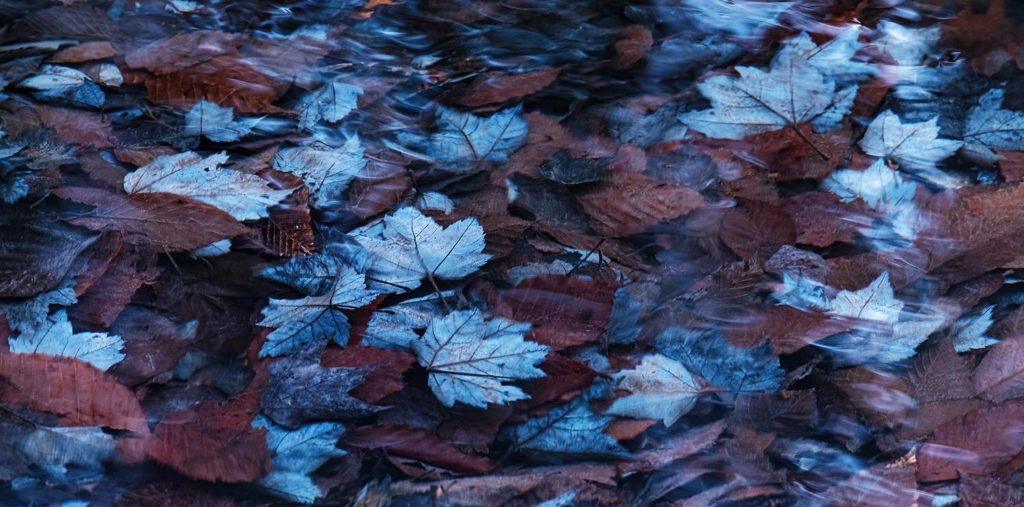
To talk about what the camera/lens sees and equate that to a purity or higher level of integrity in photography is, in my mind, not only hogwash, but the ultimate in hypocrisy! That is akin to saying that if painter didn’t paint a picture 100% in accuracy and faithfulness to a scene, on site and in real time and certainly not from a vision created in the painter’s mind, that the resulting artwork then has no value, no validity, no artistry.
I will use what is probably the most famous landscape photograph ever made as an example. It is one I use over and over as an example of how the concept of manipulation is so wrongly maligned as something evil and something to be avoided at any level in photography. Ansel Adams’ “Moonrise over Hernandez, NM”, so famous it is now referred to as just “Hernandez”, is a testament to “image integrity.” Of what the artist saw, what they felt, and the idea of simplicity. The story is well-known as to what was happening at the moment that the image was made, so I won’t repeat it here. I can tell you that if you saw the contact print of that negative by itself, you would likely be very un-impressed, especially if it was your first viewing of the image. More-so you’d be terribly disappointed had you already seen one of Adams’ great prints of the image. That image is an example of Adams’ real genius as an artist.
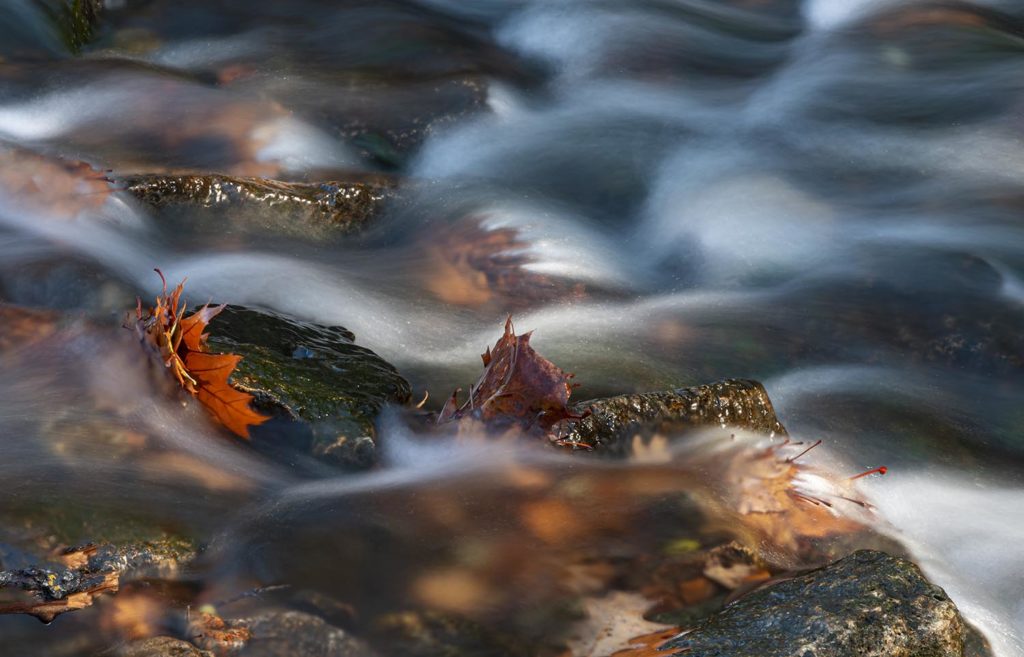
It is my understanding that the initial reason for making a contact print was for educational purposes in some of his workshops. The value of the contact image is just how Adams manipulated the negative in printing it to bring out his vision of not only what he saw but what he felt at seeing this scene unfold before his eyes and how fleeting the image was. At the time of making the image he saw not only that he had very little time to record the scene, he could see that clouds would block the late light off the crosses. He knew absolutely how integral the light on them was to the image before him and imperative to translate his impression of the scene in front of him into a print for viewers of the image. He knew at the moment he made the exposure he would darken the sky significantly later in printing the image.
Adams stated he saw the scene in his mind’s eye with a darker sky than was actually there. When we look at the finished print we see the interplay of light in the sky with the moon, and the late light of day lighting up the cemetery crosses. When we look at the contact print we don’t see that interplay as clearly, instead having to search for what is so striking in the final print. By darkening the sky, Adams simplified the essence of the scene and the viewer instantly sees what Adams saw and felt. It is also interesting to note that as Adams grew as an artist he continually re-interpreted that image and made the sky darker and darker through the years. One can call that manipulation; I call it artistry at work. I call that growth as an artist.
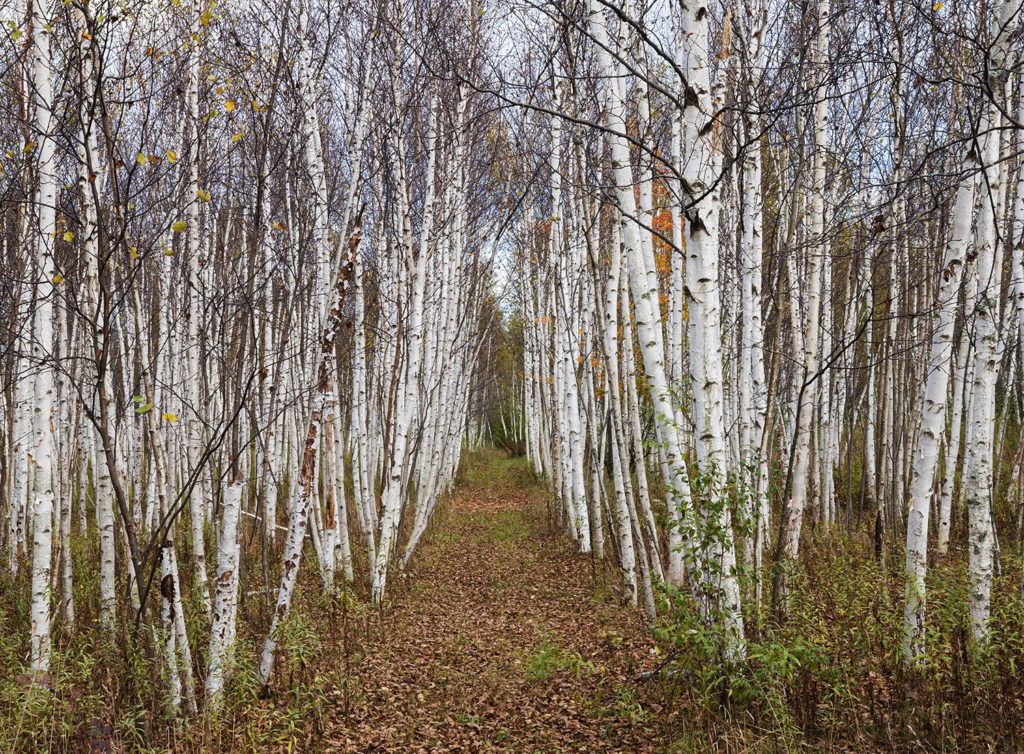
Through manipulation (maybe a better word would be interpretation) we can simplify an image. Just as we can simplify through composition and other techniques, we can simplify in post processing. In his book “Beyond the Landscape”, artist David Ward has a wonderful chapter on simplification. David takes a look at the major difference in painting and photography, which he believes is that painting is an additive process while photography is a subtractive one. It is said that great painters “know when to stop” (adding to the painting that is). So it is also true in the opposite sense that great photographers know how to subtract or extract from the overall scene, in a word; “simplify”. By doing so they give their viewers just the essence of the scene and show them not just what they saw, but by simplifying also showing what they felt.
“Economy of Line” is taught in many art classes and is a concept should also be taught in photography classes. The concept of economy of line is especially present in cartoon and in much Asian art. A Chinese proverb states: “Yi dào bi bu dào,” which roughly translates to “Idea present, brush may be spared performance”. That is the fundamental concept of simplicity!


Words have great impact and can dictate implied meaning to the benefit or detriment of what they describe. It’s all about how we view a concept as to how or if we will use it or how we apply it. Take the words “Simplicity” and “Complexity” and look at some meanings of the words. “Simplicity” may mean unsophisticated, superficial, shallow, half-truth. At the same time “Complexity” may also mean sophisticated, serious, deep, truth. In the context of the word “simple” can imply ignorance, lack of intelligence and a pejorative nature. Let’s turn the thought process around and use other meanings of the words. “Simplicity” also means easy, unadorned, elegant, essential, and clear. ”Complexity” also means difficult, embellished, messy, unrefined and confused. We now conceive of simplicity in a positive context and a concept easier to understand conceptually or more importantly, intrinsically.
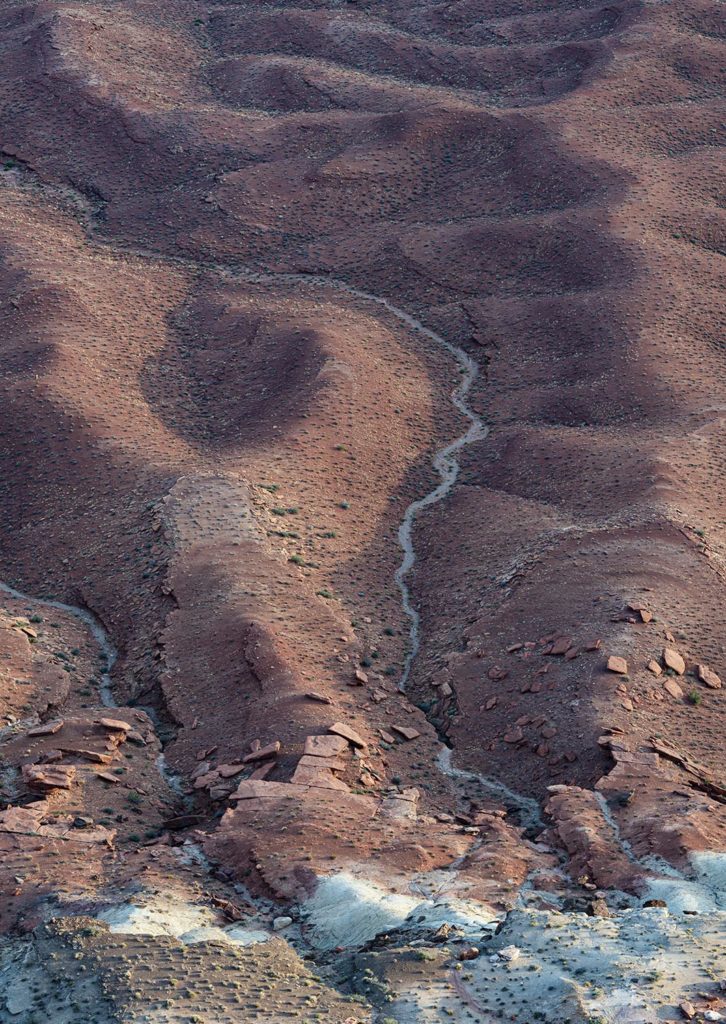
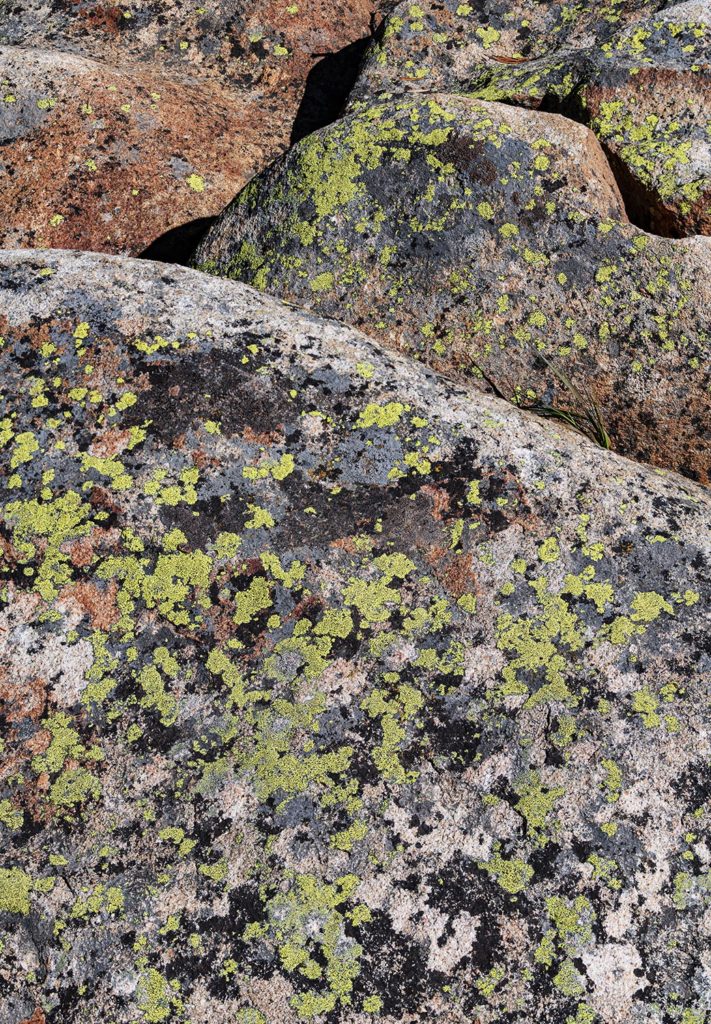
When we compose with simplicity of concept and of center of interest in mind, we make clearer images, images that give the viewers of our work no sense of ambiguity, but an insight into what we were seeing and feeling at the moment of seeing a scene or subject so wonderful that we want to share it with the world. We might want to ask a question with an image, we just don’t want to leave our viewers questioning why we made the image. We do not want to make those viewers work to find our inspiration, it should be obvious. Inspiring viewers is the artist’s job.
The next time you are standing behind your camera questioning your composition, physically step back from the camera, look at the scene, think about what caught your eye initially and ask yourself, is that what the image in my viewfinder is about, have I simplified it sufficiently to visually say what I am feeling? The image will come to you!


